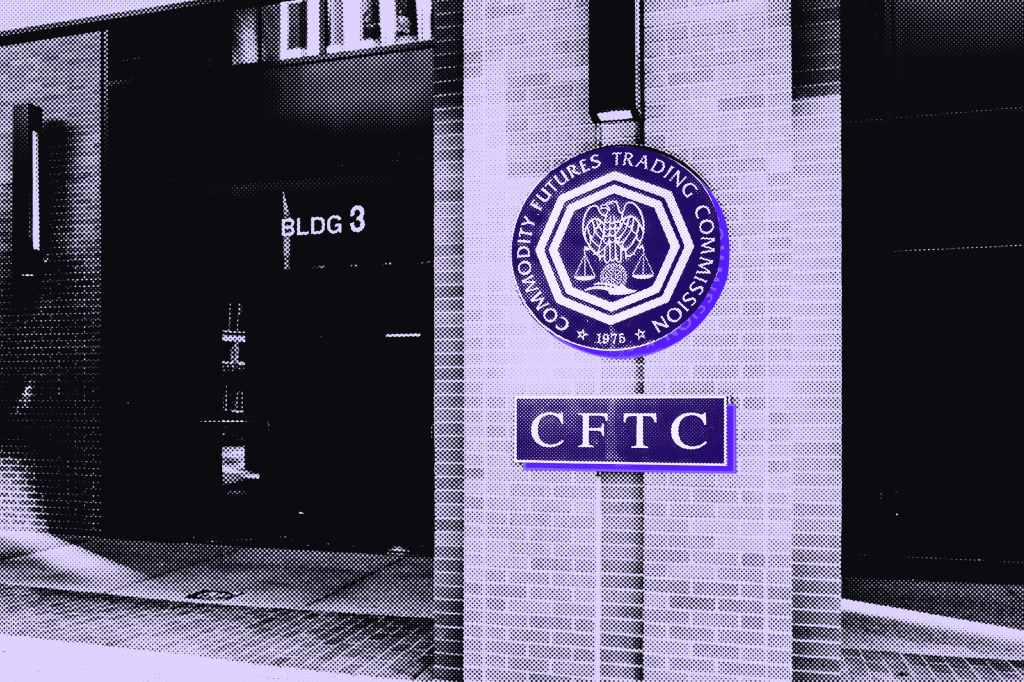New EU rules on ESG Ratings have been provisionally agreed by the European Parliament and Council. The proposed ESG Rating Activities Regulation seeks to improve the credibility and transparency of ESG ratings by regulating ESG ratings providers.
Extension of transparency and integrity rules
An amendment to the SFDR (Sustainable Finance
Register for free to keep reading.
To continue reading this article and unlock full access to GRIP, register now. You’ll enjoy free access to all content until our subscription service launches in early 2026.
- Unlimited access to industry insights
- Stay on top of key rules and regulatory changes with our Rules Navigator
- Ad-free experience with no distractions
- Regular podcasts from trusted external experts
- Fresh compliance and regulatory content every day












